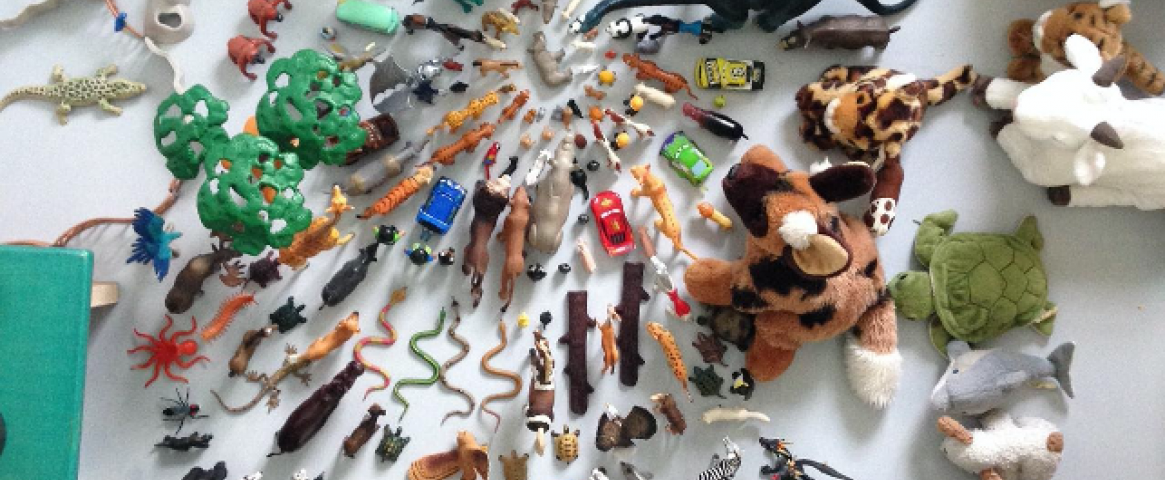By Emily Davis

Beauty has a formula that balances the expected and the unexpected, said Hekkert, an aesthetics and design researcher at Delft University of Technology in the Netherlands, during a Feb. 16 session at the American Association for the Advancement of Science annual meeting.
"We like things that are typical. We like things that are new," he said.
In other words, beauty — whether of faces, fashion or functional objects — is a study in contrasts, a happy medium between what the brain recognizes as average or usual, and what it sees as unique.
Unraveling the mystery of “aesthetic pleasure” — the positive feeling that comes from design, beyond a product’s basic utility — is the main goal of Hekkert’s Unified Model of Aesthetics Project. That pleasure comes through interactions like touch and sight, and can be elicited by even mundane objects such as a well-made knife that beautifully slices carrots. His research predicts that a design will give consumers aesthetic pleasure if it can reconcile the opposing human desires for safety and accomplishment.
For example, neat, subdued, vintage patterns on clothing may inspire feelings of safety and familiarity. On the other hand, eye-catching colors or high-tech features on a new phone design can feed consumer desires for accomplishment.
The toy rhinoceros funeral exemplified accomplishment in its variety of colorful animals, but also met aesthetic desires for safety, in the animals’ spiral pattern and meticulous grouping by materials — plush vs. plastic — and by species.
The way our brain considers these tricky aesthetic balances also applies to the perception of faces, according to Daphne Maurer, a psychologist and professor emeritus at McMaster University in Hamilton, Canada, who co-authored the 2019 book “Pretty Ugly” with husband, Charles. She studies how people perceive and assess beauty in faces and movement.
Humans are not born with a concept of facial beauty. But by around three months old, children begin to internalize average proportions of faces and develop a concept of beauty accordingly.
Maurer found that 12-month-olds looked longer at images of faces with average placements of the nose, mouth and ears, than at those with atypical placements, either very high or very low on the face. However, babies can get bored with what is average. Unfamiliar faces held their attention longer than faces of friends and family, which suggests that although human brains like average faces, newness still attracts interest.
Adults too can prefer non-average faces. Actors like Adam Driver, who has a face “like an Easter Island statue,” according to The New Yorker, and Natalie Dormer, who has an asymmetrical face with wideset eyes and a self-described lopsided mouth, have their fair share of admirers.
The brain's tendency to be conditioned through exposure can help explain how the fashion industry can promote odd trends that, at first, appear absurd, such as fanny packs worn over the shoulders.
“You start seeing it in advertising and on the street, and suddenly you are going out and buying a new wardrobe,” Maurer said.
Proof that, like Hekkert’s balance of the familiar and the fantastic, a little deviation from the norm can be beautiful.
Emily Davis is a senior at the University of North Carolina at Chapel Hill studying environmental studies and journalism. She is the writing intern for UNC Research and their monthly magazine, Endeavors. She previously worked as a reporting intern at North Carolina Health News and as a senior writer at the Daily Tar Heel. Learn more about Emily at her website.

